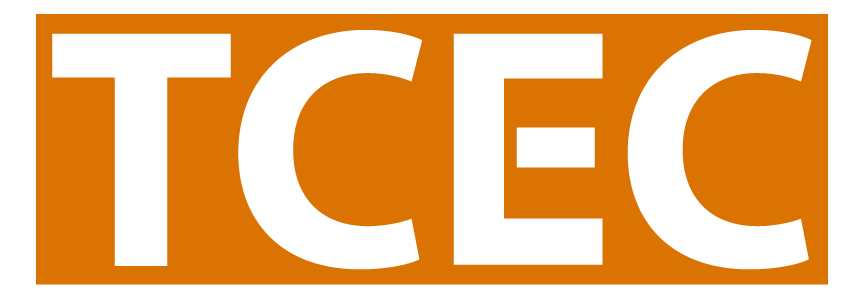Reporting results is the process of communicating evaluation findings and making recommendations for future action. Ideally, each data collection activity is accompanied by a report detailing the methodology, findings, and recommendations. This can be a formal report, but it can also be a fact sheet, pamphlet, presentation, or other product that communicates evaluation findings and offers recommendations for future action.
In California Tobacco Control, all primary objectives require a Final Evaluation Report at the end of the contract period. All non-primary objectives require a Brief Evaluation Report according to the specifications of Tell Your Story.
Contact TCEC for more info about the requirements for writing Brief and Final Evaluation Reports.
Evaluation Reporting Overview
Writing Up Activity Summaries
Guidelines
- What to Include in Activity Summaries
- Progress Reporting in OTIS
- Writing Evaluation Activities in Progress Reports (50:24)
Documenting Organizational Progress
- Dear Diary: How to document organizational progress (1:02:11)
- Worksheet on After Action Reviews
- Veteran's Affair's Resource on After Action Reviews
- NMK Research & Associates Evaluator Questions for LLA Staff
- CSULB Monthly Evaluation Tool
- Staff Diary Tool
- Focus Groups
- KIIs with Survey-type Questions
- Policy Record
- Retail Evaluation Activities
- Social Media Activities
- Observation Activities
- Membership Participation Record (sample deliverable by San Bernardino)
- Webinar: Ruh-Roh! The Case of the Missing Activity Record Summary
Templates
Tell Your Story (TYS): Writing Useful Evaluation Reports
Gathering Data for Report Writing
- Outline the information you want to include in your FER with TCEC's FER Pre-Writing Worksheet
- Ready, Set, FER! Steps to Take Now for Evaluation Reporting (57:48)
TYS Guidelines for Preparing Useful Evaluation Reports
Includes:
- instructions for writing final and brief evaluation reports
- sample final and brief evaluation reports
- rubric for scoring final evaluation reports
- guidelines for submitting reports
- sample report highlights and executive summary
TYS Trainings and Resources
- Tell Your Story 3.0 Training Webinar Part 1 (1:19:22)
- Tell Your Story 3.0 Training Webinar Part 2 (1:19:56)
- Training Webinar Slides
- Tell Your Story 3.0 Training Packet 1
- Tell Your Story 3.0 Training Packet 2
- April 20, 2017 Webinar: Changing How to Tell Your Story (45:47)
- FER Writing the Abstract Conclusion and Recommendations
- Guidelines and Instructions for Submitting
- Highlights Sample
- Scoring Rubric
TYS Data Visualization
- Table of Key Evaluation Activities Template
- Timeline of Key Activities Template
- Table of Key Informant Interview Results Template
- Bar Graph without Chart Junk: Instructions | Worksheet
- Overlapping Bar Chart: Instructions | Worksheet
- Slopegraph: Instructions | Worksheet | Demo (19:23)
Final Evaluation Report Scores and Feedback
Using Social Media
Social media can be a great way to find out what people know about your project, what others in your field are saying and doing, and influence the conversation around issues you care about. It is more than just another medium for broadcasting news about your events or activities. To use it effectively, you should listen, learn, and leverage information to your advantage. To learn how, check out these resources:

